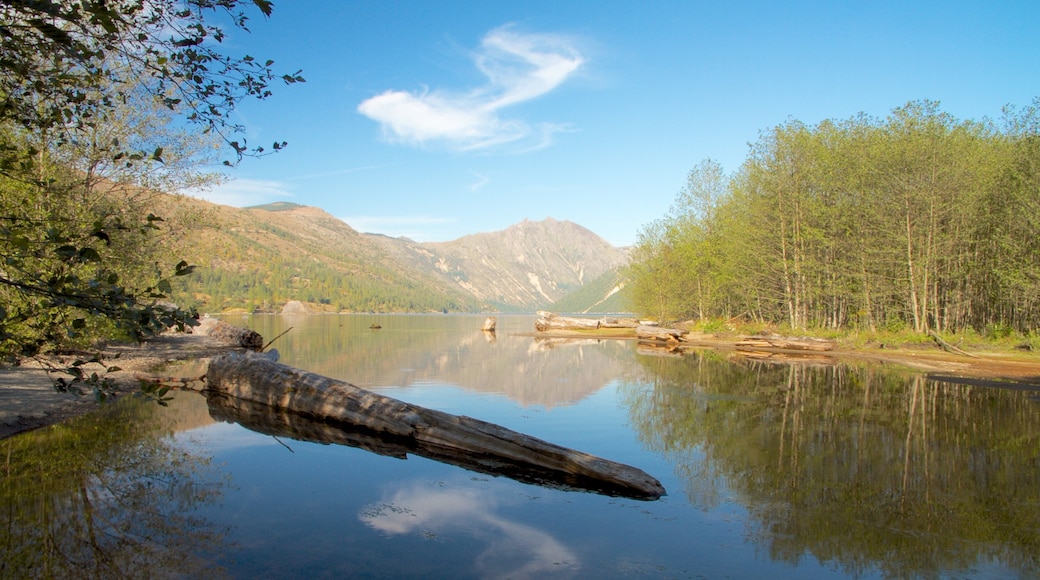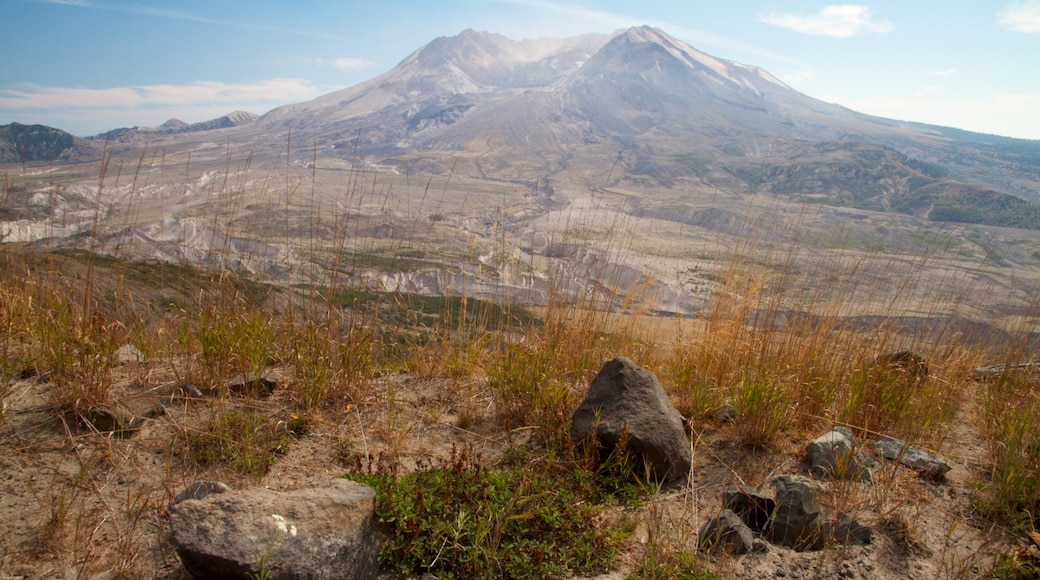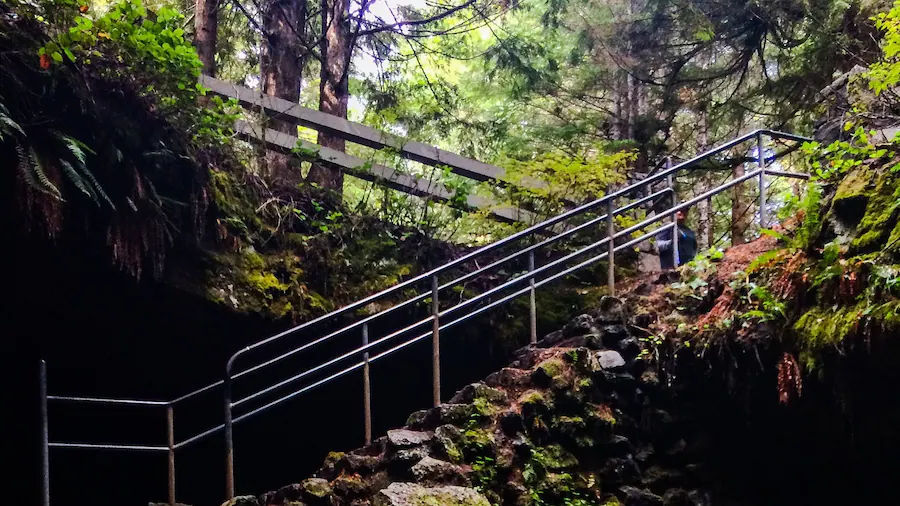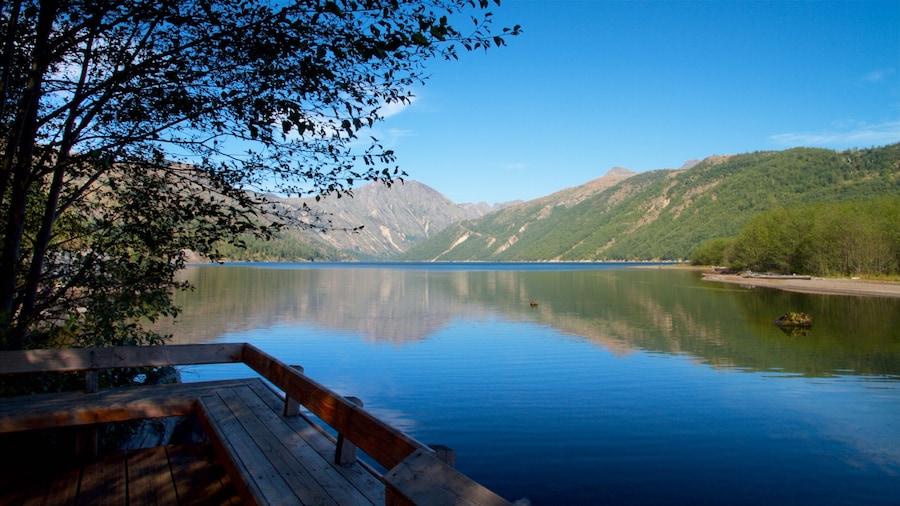Even without the peak that used to make it the fifth highest mountain in the United States, Mount St. Helens is an awe-inspiring sight. A devastating eruption on May 18, 1980, reduced the still-active volcano’s elevation by 1,312 feet (400 meters) to 8,365 feet (2,550 meters). Though the flow of gas and rock from the eruption laid waste to the surrounding area, flora and fauna are regenerating and eco-systems are on their way to recovery.
There are two different visitor centers at Mount St. Helens. At Silver Lake Visitor Center watch a 16-minute video detailing the events of the eruption. The Forest Learning Center further along the road is where you’ll learn about the regeneration projects that have taken place in the decades since the 1980 eruption. It’s also a good place to look out for the graceful elk in their natural environment.
You can see the volcano from both visitors’ centers, but the most spectacular view is from Johnston Ridge Observatory, in the heart of the blast zone. Here you can peer right into the crater, or take a helicopter ride for an aerial view. Some visitor centers have an admission fee and are closed during winter.
Hikers should take advantage of the trails around Coldwater Lake, or if you are feeling particularly brave, walk up the volcano itself. You’ll need a permit to do this and numbers are restricted to 100 per day.
While Mount St. Helens is possible as a daytrip from Portland, you could extend your stay by camping in the Seaquest State Park, a year-round camp site near the Silver Lake shoreline. Hike or bicycle through the woodland trails and you may spot some of the wildlife: elk, hawks, woodpeckers, and possibly coyotes and bears.




















